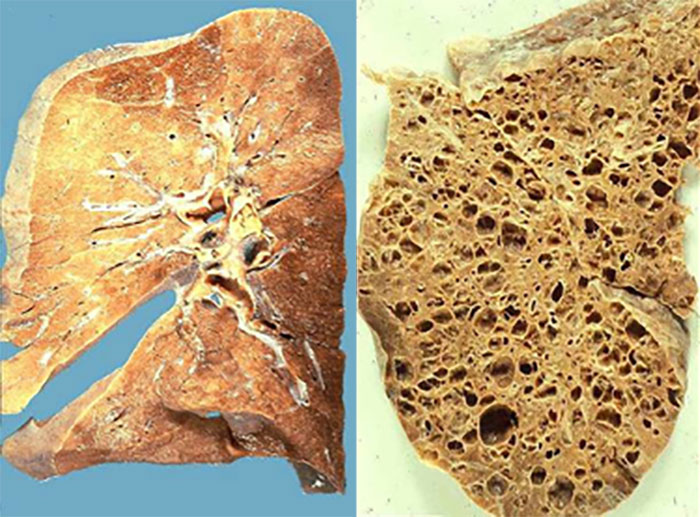Overview
Avalyn is developing inhaled formulations of approved medications for rare respiratory diseases. Our initial focus is on treating Interstitial Lung Diseases (ILD), including Pulmonary Fibrosis and rare diseases that dramatically impact patient quality of life.
IPF affects approximately
0
patients per year in the US
PPF affects approximately
0
patients per year in the US
There are more than 200 types of ILD, which are characterized by varied amounts of inflammation, scarring, or both, that damage the lung’s ability to absorb oxygen.
Idiopathic Pulmonary Fibrosis (IPF) is the most well-known form of ILD, affecting 100,000 patients in the US.
Progressive Pulmonary Fibrosis (PPF) is a larger and even more poorly served segment of the ILD market, affecting up to 200,000 patients in the US.
IPF & PPF are associated with the unregulated production of fibrotic, scar-like tissue that builds up in the scaffolding of the lungs, challenging the ability to breathe and reducing the absorption of inhaled oxygen into the blood. In addition, fibrotic lung tissue has less flexibility than healthy lung tissue, adding to the feeling of being short of breath, which is common in people suffering from pulmonary fibrosis (PF).
In some cases, PF may be caused by exposure to toxins, some medications, radiation treatment, or connective tissue diseases. In other cases, when its cause is unknown (e.g., idiopathic), the disease is referred to as IPF.

In the absence of a lung transplant, the majority of patients only survive 3-5 years from diagnosis
Pulmonary fibrosis (PF) affects an individual’s ability to exercise or perform activities of daily living. Without a lung transplant, most patients only survive 3-5 years from diagnosis despite the availability of two oral medications (pirfenidone and nintedanib), which have shown the ability to reduce the production of fibrotic tissue. Oral use is unfortunately limited by significant side effects associated with high dose levels required to overcome inefficiencies of gut absorption, first pass metabolism and blood dilution prior to reaching the lung. Despite this strategy, safety concerns associated with oral-delivered blood levels prevent sufficient dosing for optimal lung treatment benefit. By inhalation, small-inhaled doses delivered directly to the lung result in oral-superior lung drug levels, holding potential to improve treatment benefit. Because these inhaled doses are small, resulting blood levels following absorption from the lung are well-below those following oral delivery, holding promise to substantially reduce oral-observed side effects.
Nalysnyk et al., (European Resp Rev 2012 21:355-361)

